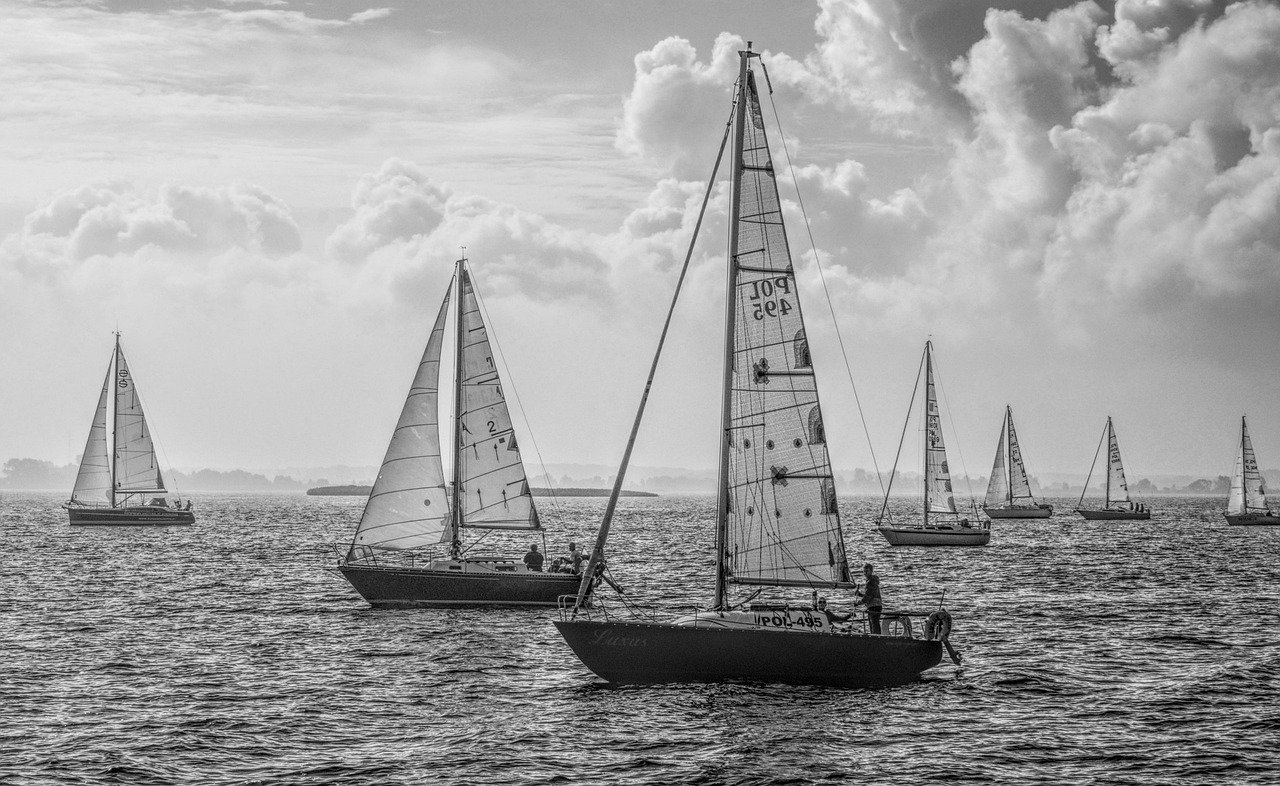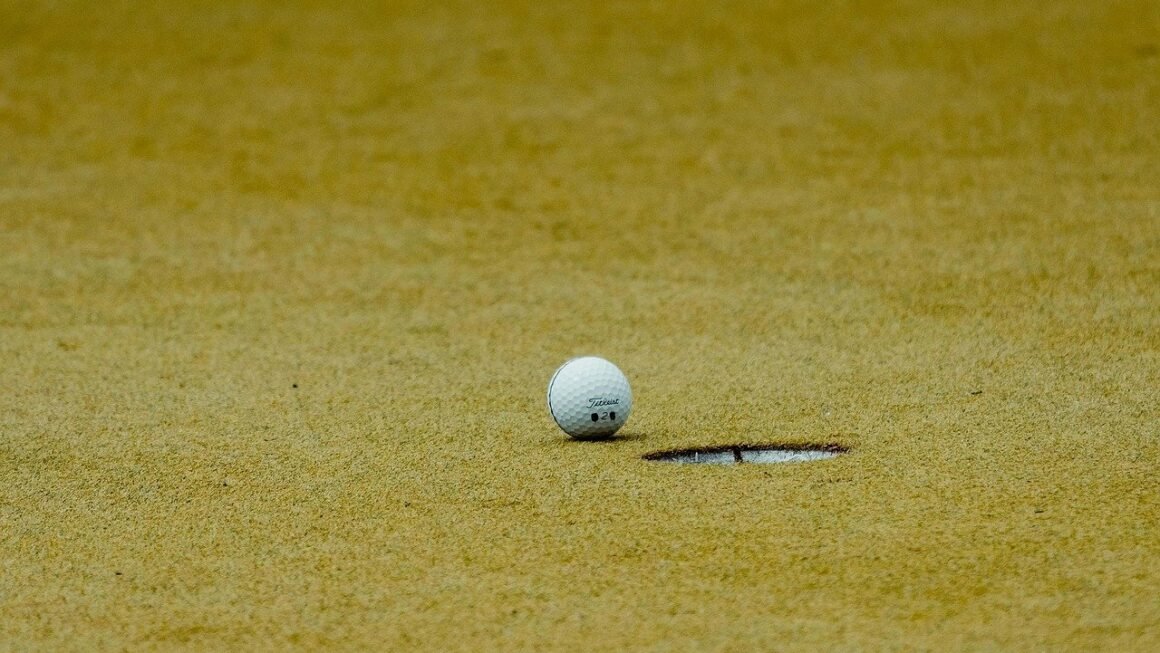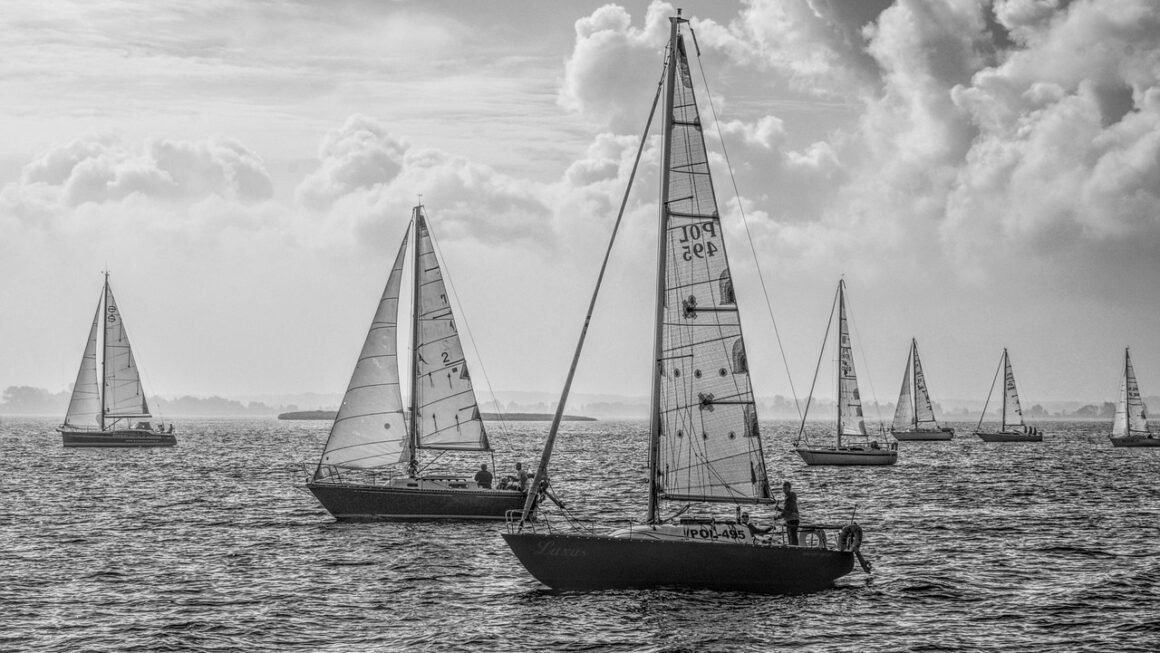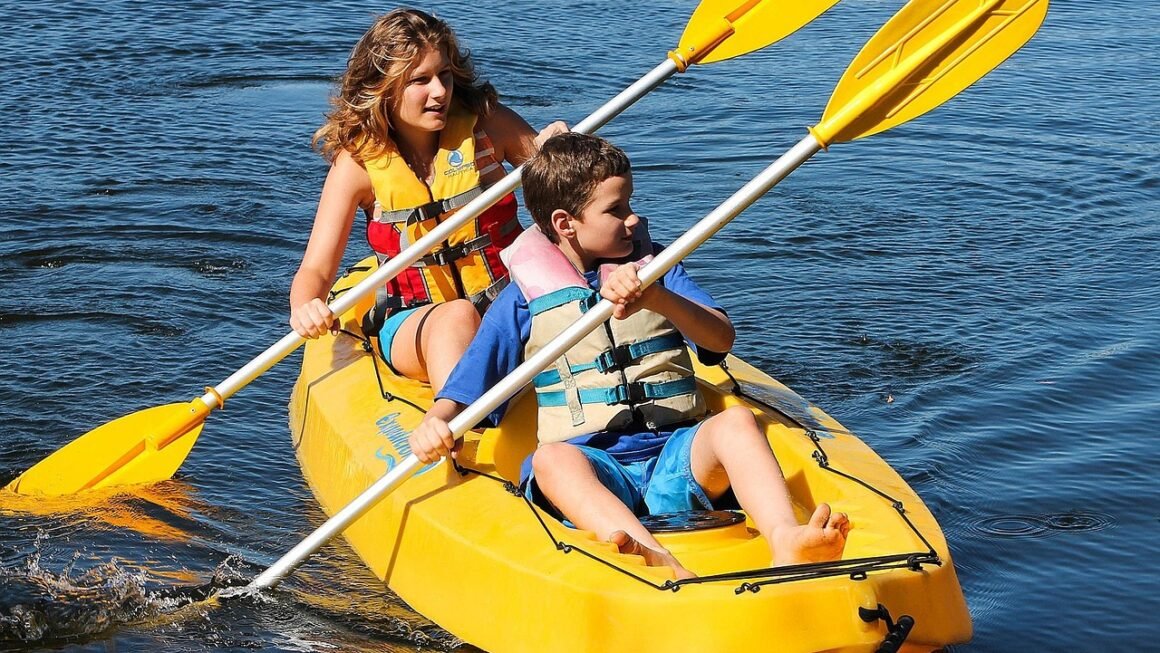Imagine carving down a pristine, snow-covered mountain, the wind whipping past your face, the exhilarating feeling of freedom washing over you. Snowboarding isn’t just a sport; it’s an experience, a passion, and for many, a lifestyle. Whether you’re a seasoned pro or a curious beginner, this guide will dive deep into the world of snowboarding, covering everything from gear selection to mastering fundamental techniques and choosing the perfect resort. Get ready to shred!
Getting Started: Essential Snowboarding Gear
Choosing the right gear is paramount for a safe and enjoyable snowboarding experience. It can be daunting navigating the vast array of options, so let’s break it down:
The Snowboard: Your Foundation
The snowboard is arguably the most important piece of equipment. Factors like your skill level, riding style, and the type of terrain you plan to conquer all play a crucial role in selecting the right board.
- Types of Snowboards:
All-Mountain Boards: Versatile and suitable for various terrains, ideal for beginners and intermediate riders.
Freestyle Boards: Shorter and more flexible, designed for park riding and tricks.
Freeride Boards: Stiffer and longer, optimized for powder and carving on groomed runs.
- Board Length: A general guideline is that the board should reach somewhere between your chin and nose when stood vertically. Consult a knowledgeable shop employee for personalized recommendations based on your weight and height.
- Flex: Softer flex is more forgiving for beginners, while stiffer flex provides better control at higher speeds for advanced riders.
Boots and Bindings: The Connection
Boots and bindings work together to securely attach you to your snowboard. Comfort and responsiveness are key considerations here.
- Boots: Ensure a snug but comfortable fit. Your toes should lightly touch the end of the boot when standing straight, and your heel should be locked in place.
- Bindings: Choose bindings that are compatible with your boots and riding style. Look for adjustable straps and highbacks for a customized fit.
Strap-in Bindings: Traditional bindings with two straps.
Rear-Entry Bindings: Easier to get in and out of.
Step-On Bindings: Simplest and fastest entry system.
Essential Outerwear and Protection
Staying warm, dry, and protected is crucial for a comfortable day on the slopes.
- Jacket and Pants: Invest in waterproof and breathable outerwear. Look for features like vents, powder skirts, and reinforced knees. Aim for a waterproof rating of at least 10,000mm.
- Helmet: Non-negotiable! Protect your head with a properly fitted helmet. Ensure it meets safety standards.
- Gloves or Mittens: Insulated and waterproof gloves or mittens will keep your hands warm and dry. Mittens generally offer more warmth.
- Goggles: Protect your eyes from the sun, wind, and snow. Look for goggles with anti-fog coating and UV protection.
- Base Layers: Moisture-wicking base layers are essential for regulating body temperature. Avoid cotton.
- Wrist Guards: Provide extra protection for your wrists, especially helpful for beginners.
Mastering the Fundamentals: Building a Strong Foundation
Before hitting the advanced slopes, it’s vital to master the basic techniques.
Getting Comfortable: Skating and Balancing
- Skating: Practice pushing yourself around on a flat surface with one foot strapped into the board. This helps you get a feel for the board and develop balance.
- Balance: Experiment with shifting your weight from toes to heels and side to side. This will improve your control. Try practicing on a balance board indoors during the off-season.
Heel Edge and Toe Edge Turns
These are the fundamental turning techniques.
- Heel Edge Turn: Lean back slightly and pressure your heels to initiate the turn.
- Toe Edge Turn: Lean forward slightly and pressure your toes to initiate the turn.
- Drills: Practice making S-turns on a gentle slope, focusing on smooth transitions between heel and toe edges.
Falling Safely
Learning how to fall correctly can prevent injuries.
- Tuck and Roll: Try to tuck and roll onto your side or back to distribute the impact.
- Use Your Forearms: Protect your head and face by using your forearms to shield them.
- Avoid Sticking Your Arms Out: This can lead to wrist injuries.
Riding the Lift
A skill that takes practice and can be nerve-wracking at first.
- Watch Others: Observe how experienced riders load and unload.
- Communicate: Let the lift attendant know if you need extra time or assistance.
- Be Prepared: Have your board unstrapped and ready to dismount.
Leveling Up: Intermediate Techniques
Once you’ve mastered the basics, you can start exploring more advanced techniques.
Carving
Carving involves riding on the edge of your board, leaving clean, precise lines in the snow.
- Edge Angle: Increase your edge angle by leaning further into the turn.
- Body Position: Keep your body aligned with your board and maintain a strong, balanced stance.
- Weight Distribution: Distribute your weight evenly between both feet.
Riding Switch
Riding switch (riding with your non-dominant foot forward) opens up new possibilities for tricks and maneuvers.
- Start Slow: Begin on a gentle slope and gradually increase the difficulty.
- Practice Regularly: Dedicate time to riding switch to improve your comfort and control.
Grabbing Your Board
Grabbing your board while in the air or on the ground adds style and control.
- Common Grabs:
Indy: Grab the toe edge between your feet.
Melon: Grab the heel edge behind your rear foot.
Nose Grab: Grab the nose of the board.
- Progression: Start with simple grabs on flat ground and gradually progress to grabbing while performing small jumps.
Choosing Your Snowboarding Destination: Resorts and Terrain Parks
The right resort can significantly impact your snowboarding experience.
Considering Your Skill Level
- Beginner-Friendly Resorts: Look for resorts with plenty of gentle slopes, learning areas, and experienced instructors.
Example: Vail, Colorado: Known for exceptional ski/snowboard school, with plenty of gentle slopes.
- Intermediate Resorts: Choose resorts with a mix of groomed runs, varied terrain, and challenging slopes.
Example: Park City, Utah: Vast resort with a mix of terrain and excellent snow conditions.
- Advanced Resorts: Seek out resorts with steep slopes, deep powder, and challenging terrain parks.
Example: Jackson Hole, Wyoming: Steep and challenging terrain with plenty of powder.
Terrain Park Features
Terrain parks offer a playground for freestyle riders.
- Jumps: Varying sizes of jumps for different skill levels.
- Rails and Boxes: Metal rails and boxes for sliding and grinding.
- Halfpipe: A U-shaped snow structure for performing aerial tricks.
- Features to consider
Are there varying sizes of jumps?
Are the rails maintained?
* Are there progressive features (easy to harder)?
Factors Beyond the Slopes
- Accommodation: Consider the availability and cost of lodging.
- Accessibility: Check for convenient transportation options to and from the resort.
- Amenities: Look for resorts with restaurants, shops, and other services to enhance your experience.
- Crowds: Research the resort’s typical crowd levels, especially during peak season.
Conclusion
Snowboarding is a rewarding and exhilarating sport that can be enjoyed by people of all ages and skill levels. By investing in the right gear, mastering the fundamentals, and choosing the perfect resort, you can unlock a world of adventure on the slopes. Remember to always prioritize safety, respect the mountain, and most importantly, have fun! The journey of progression in snowboarding is a constant learning experience, so embrace the challenges and celebrate the victories. Get out there and shred!



